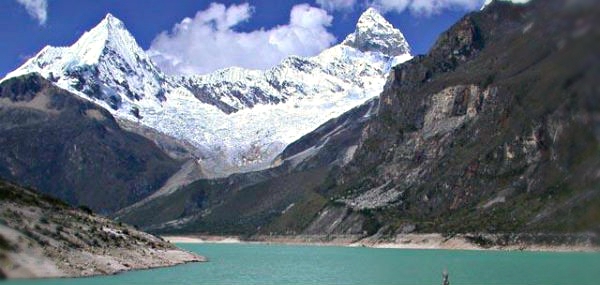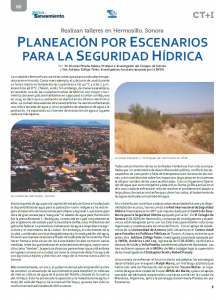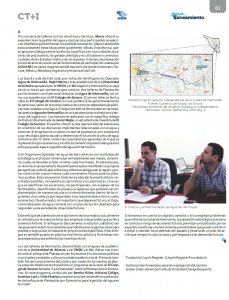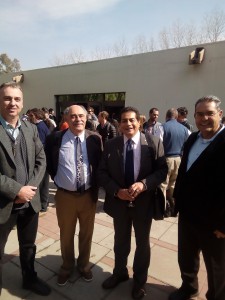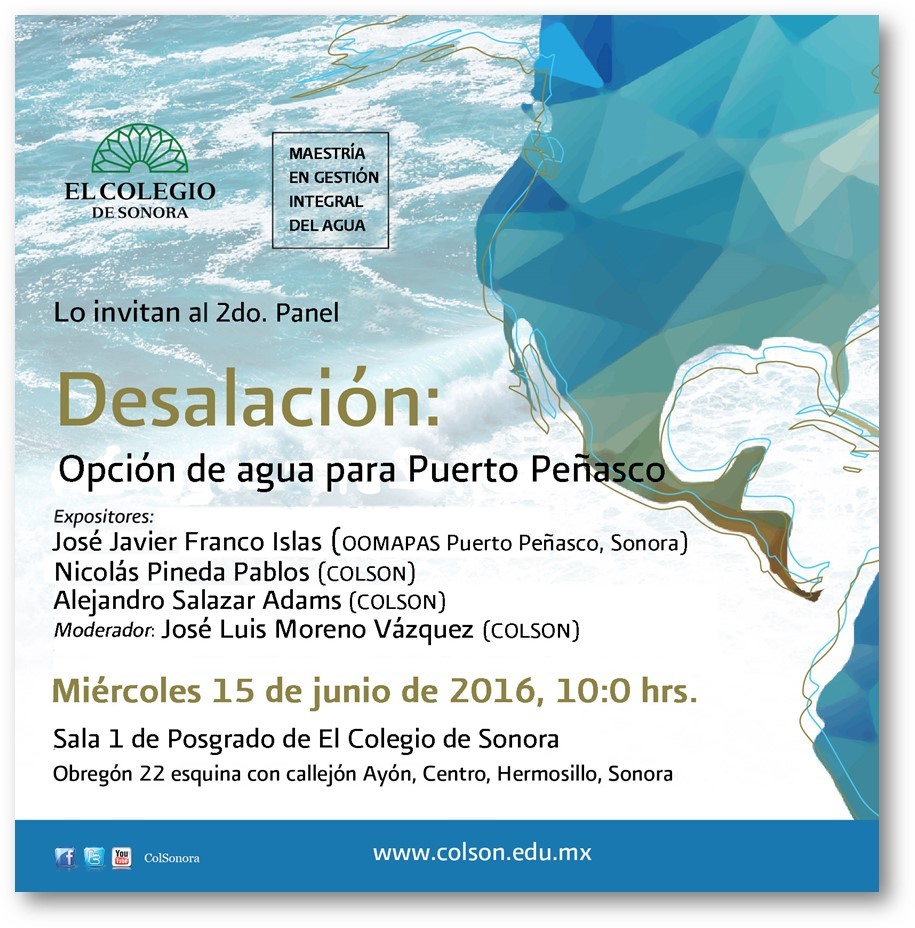Nicolás Pineda

I am in the City of Mendoza, in the Mendoza Province of Argentina. As a member of a network of scientists interested in water governance in arid regions, I periodically attend meetings that take place in different countries. This year, the meeting is in this city, and in this blog, Adriana and I will tell you about our first impressions.
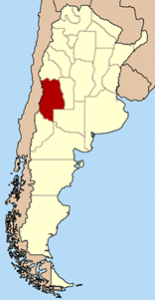
The city
Mendoza is located at the foot of the Andes Mountains, very far from Buenos Aires and close to the City of Santiago, in Chile, with the Andes Cordillera in between. In fact, the city emerged as a stop of the trading route before crossing the cordillera into Chile. It rains very little, about 200 mm a year (in my hometown – Hermosillo, Sonora, Mexico – it rains 300 mm a year) and the natural landscape is arid. The climate also tends to be hot, although not as hot as Sonora. However, the province is crossed by several mighty rivers fed by the melting of the glaciers in the Andes cordillera. These rivers have favored the creation of what they call “oasis” in which there has been a prosperous development of wine industry. There are about 250,000 hectares of vineyards in this area.

It is here that the Malbec Argentinean wines are produced. It attracts my attention the good planning that this city shows and the five plazas distributed throughout the center of the city; a great central plaza in the core area and four in the peripheries. They have explained to me that the city planning dates back to 1862, when the city was reconstructed after a strong earthquake destroyed most of the city and killed half of its population. This is the purpose of the plazas – these are places where refugee centers can be located whenever another earthquake occurs. In addition, the city is filled with trees including eucalyptus, algarrobas (that is how they refer to mesquite trees here) and other species. In order to irrigate these trees, the sidewalks have been equipped with canals called acequias, through which all of the trees in the city are periodically irrigated.
The city had 850 thousand inhabitants in 2009, which make this city very similar in size to Hermosillo. Its population is composed mainly of Spanish and Italian immigrants. This is reflected in the local gastronomy, in which the empanada (a pastry filled with ground meat) seems to be the main dish. It is very interesting that all the time I have spent here, I have encountered that the menus in the restaurants are composed of multiple kinds of pastries and bread, but very few salads and vegetables. Breakfast: mate (local tea) with bread. Lunch: empanadas, pizza or lasagna with wine or soft drinks. Dinner: a traditional beef stew with corn, similar to our Mexican pozole, but here named “locro.”
Sigue leyendo →


